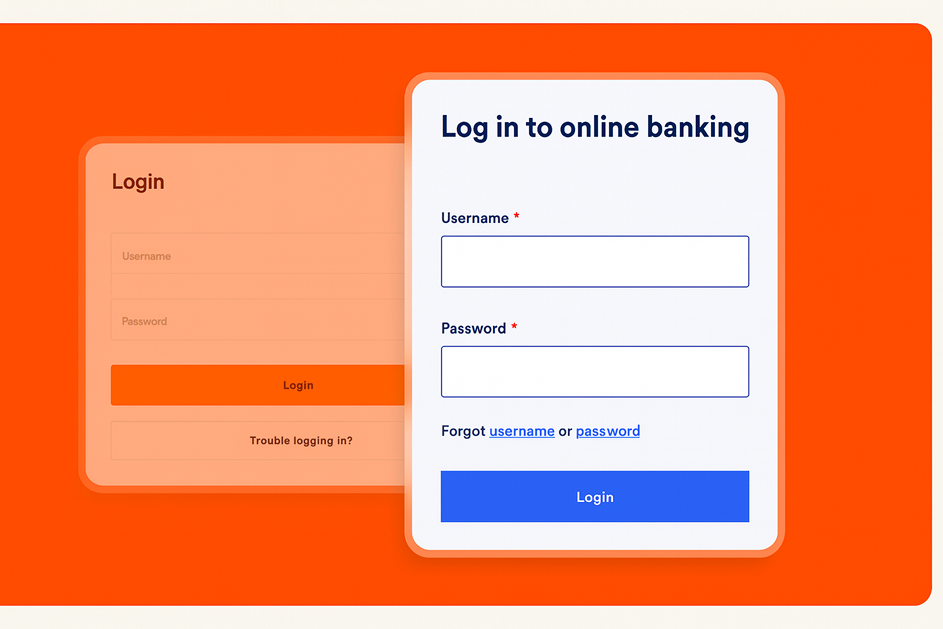In October 2018, Allica Bank’s technical architecture was just an idea. We knew our mission: to bring together best-in-class technology and human relationship management to build a dedicated business bank. However, quite how we were going to deliver the technology to get there was an entirely different story.
Skip forward to September 2019, and we’d done it. We had built a digital bank from scratch in under 12 months, and had also just been granted our banking licence. It’s only when I look back on it now that I realise quite how mad that is!
That was only the beginning, though. Allica Bank is still in its infancy. At the time of writing, we only provide commercial mortgages. Our ambition, however, is to have an entire suite of financial services products, built to empower small and medium-sized businesses (SMEs) to succeed.
We’re already well on the way to launching more products to market. It feels like a whirlwind of activity, especially compared to, in my experience, the rate at which the larger institutions tend to move. But that’s the beauty of being a new business. There was no legacy systems or data to manage. Just a blank piece of paper and an idea.
A new bank, built on the needs of SMEs
At Allica, we have a fantastic opportunity to build a new technological banking ecosystem. Unlike many of the other digital banks with SME services, we’re not transitioning from consumer banking into business banking. Instead, the foundations of our tech stack are being developed entirely with the needs of SMEs in mind from day one.
There are certainly lots of lessons that can be learned from innovations in consumer banking. Indeed, the customer experience SMEs receive from their bank has long trailed behind that of consumer finance, especially when it comes to the high-street banks. However, the needs of SMEs vary greatly from the individual – our technology should reflect that.
Right at the heart of this is using technology to make banking for small and medium-sized businesses intuitive and accessible, but also maintaining a human relationship. We know that, for most SME owners, banking is simply a hygiene factor – something that has to be done just to stay in business. And that’s exactly how it should be. So, what can we do to fit in with their day, rather than making them fit in with how we want to do things?
One customer, one record
To support this vision, a priority for me is building Allica’s data architecture on the principle of having a single customer view. Businesses should only ever have one log-on to access Allica’s services, and be able to manage all the products they hold with us in one place. Furthermore, where possible, they should be able to self-serve, so they can do so in their own time.
Similarly, if a customer does want to speak to a human, the person on the other end of the phone should have total visibility of that customer. They should know who they are, the challenges they’re facing, the products they have with us and what previous conversations we’ve had with them. Sadly, this isn’t the experience most businesses have with their current provider.
It’s all about integration
The real secret to making Allica a success, however, will be integration. This is where having a clean slate to build on is so exciting. We aren’t anchored to a core banking platform, which is the case for most of the big banks. Instead, we’re able to construct a plug-in-and-play integration infrastructure, powered by APIs. It’s nimble, agile, and it creates a huge opportunity to easily transform everything from the front-end UX interface through to the back-end transactional engines.
By focusing on our integration stack, it opens us up to work with a multitude of external suppliers, providing they can be called through an API. This allows us to leverage technology made by new, innovative start-ups, along with the well-established household names – whoever we think is best for the job.
Establishing the Allica tech team
Our success so far has, in many ways, been down to choosing the right partners. We didn’t have the luxury of going out and hiring a whole team of engineers. Instead, we started our journey by bringing in contractors and working with third-party suppliers. It has been thanks to their ability to adapt and mobilise quickly that Allica is where it is at today.
We will continue to work with external partners as we grow. However, now that Allica is up and running, we’ve decided to dramatically build out our internal technology and engineering capability, too.
The new team will be tasked with scaling the bank as we evolve by adding more products and distribution channels. In many ways, this will be an even bigger challenge than putting the initial infrastructure in place. New products and channels mean new platforms and streams of data, all of which have to talk to each other and be displayed back to internal and external users.
Have we cracked it yet? No – but this is what’s so exciting for me, and for the team members we bring in. I want to create a collaborative environment where we encourage ideas and creativity to tackle these problems together. People joining the team will get the chance to try out concepts that they would never be able to put into practice elsewhere. And if they work, we’ll release them.
We’re building something truly special here at Allica. And I don’t just mean a bank. We’re creating a new team and culture, too. If you’d like to be part of it, I’d love to hear from you. Drop me an email at careers@allica.bank and tell me why, or visit our careers page to see what roles we have available.
Simon leads Allica’s technology function, with overall responsibility for everything from our web and mobile banking platforms, through to network security, data, and third-party platforms.
Tasked with creating an industry-leading digital business bank, he sets the strategic vision for the team along with championing an engineering culture built on Allica’s values of collaboration, integrity and being straightforward.





